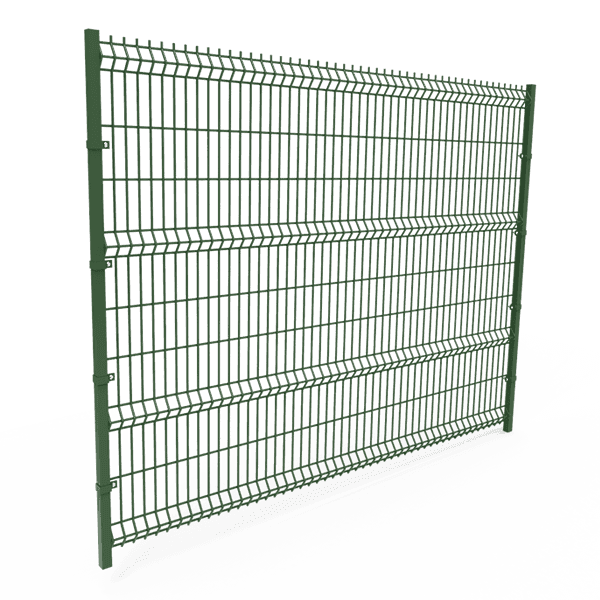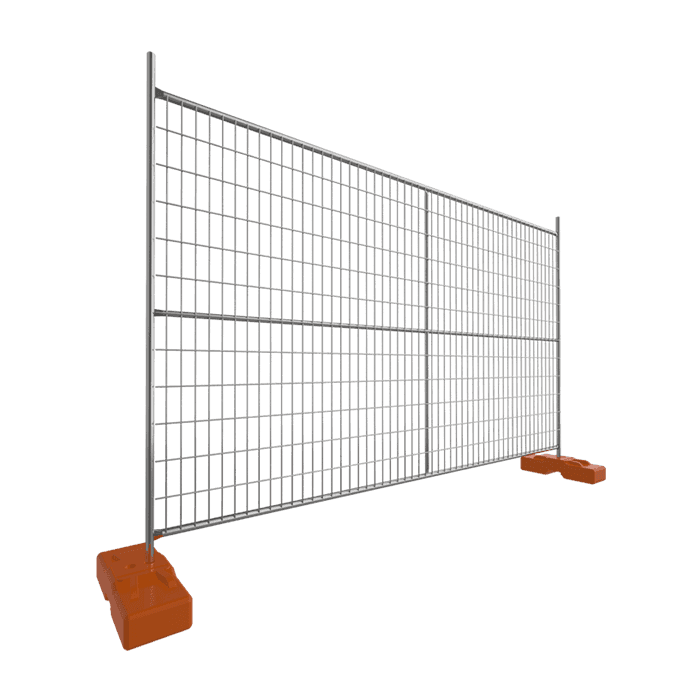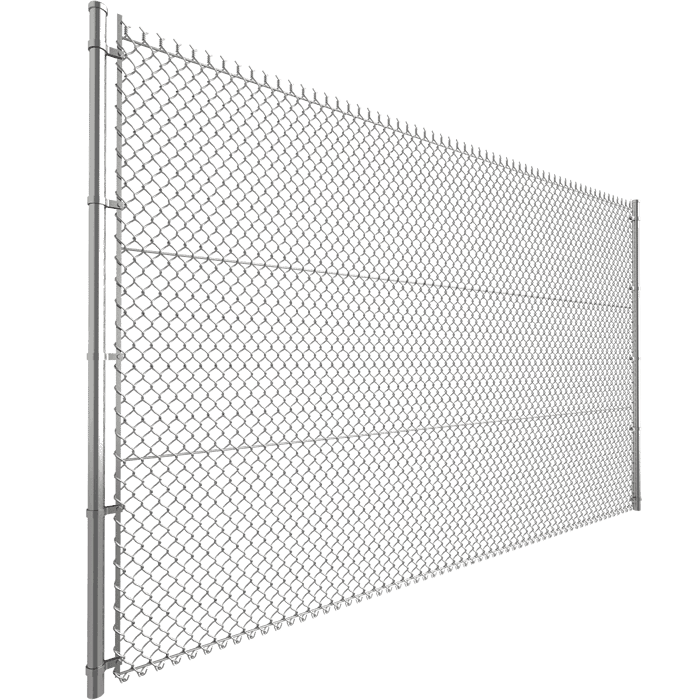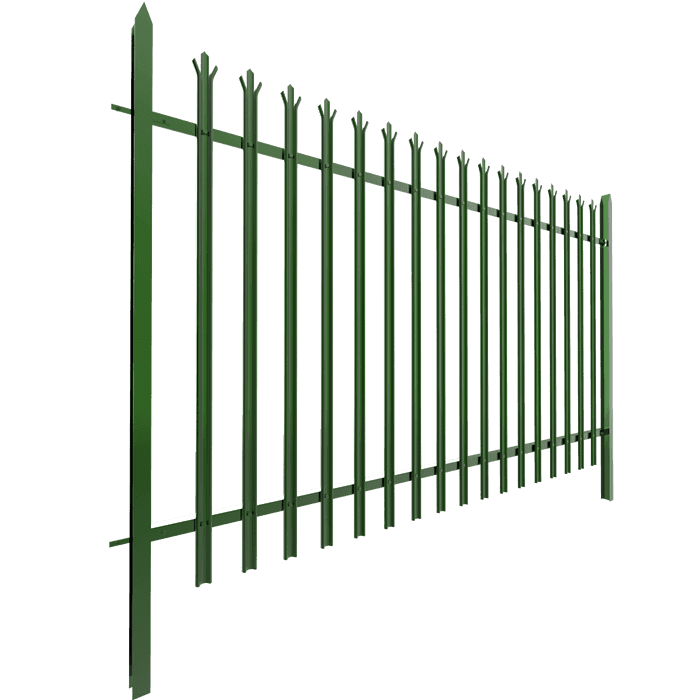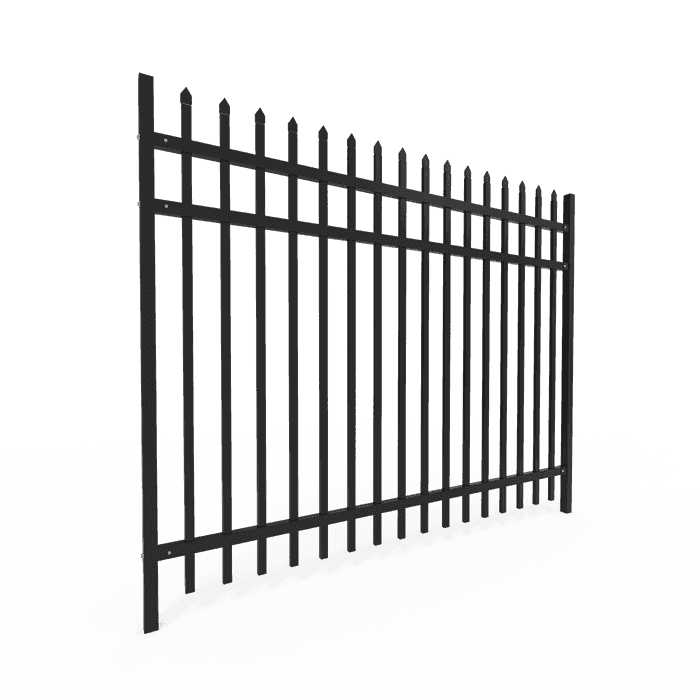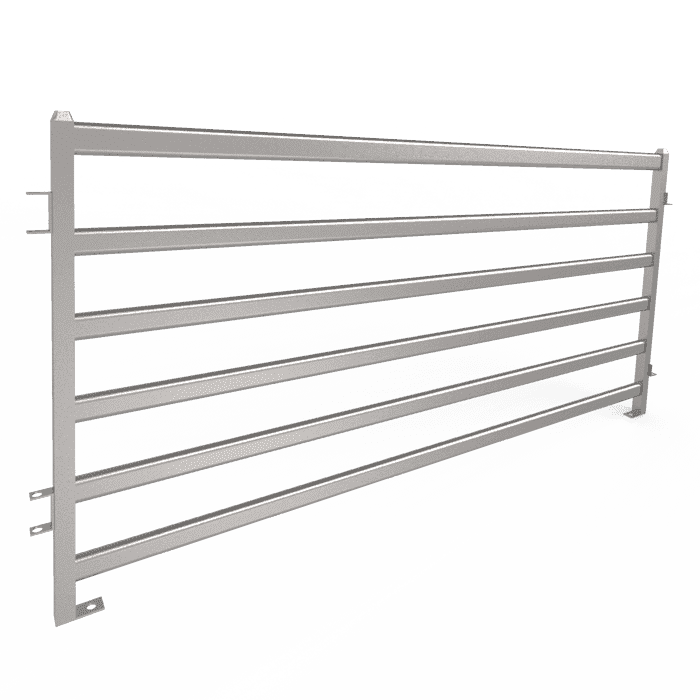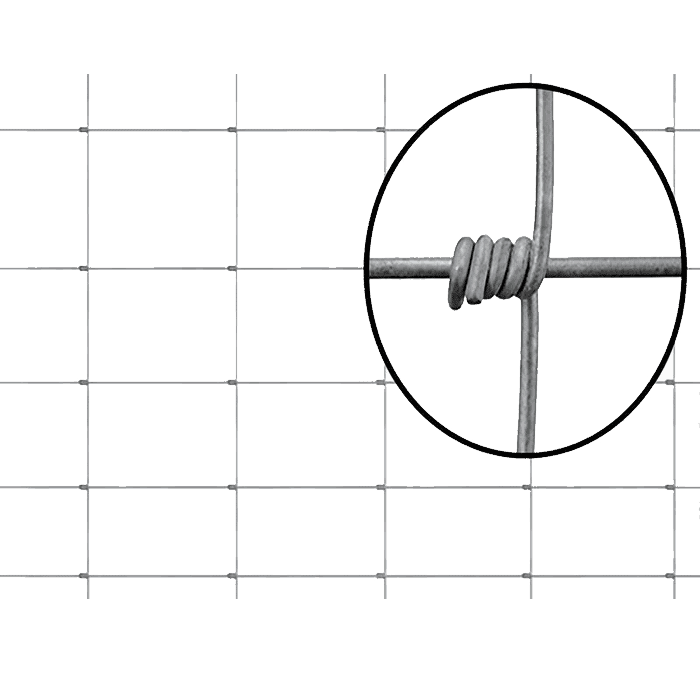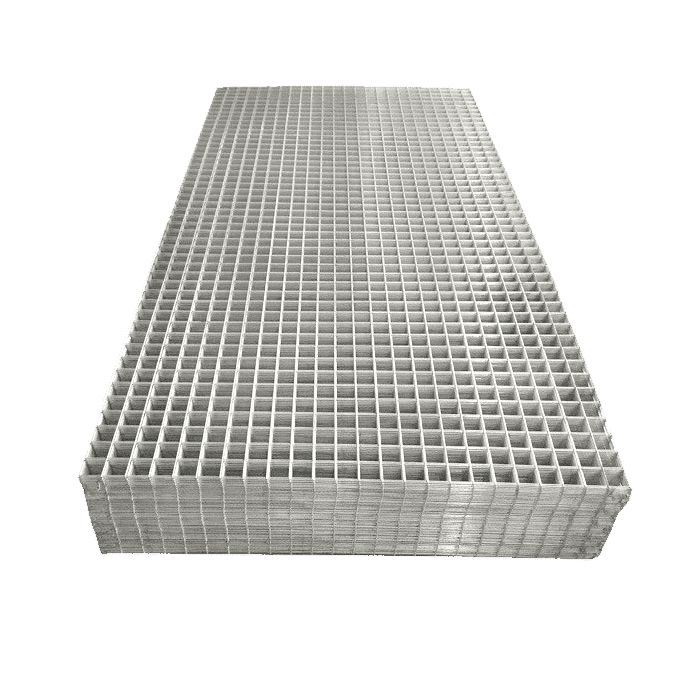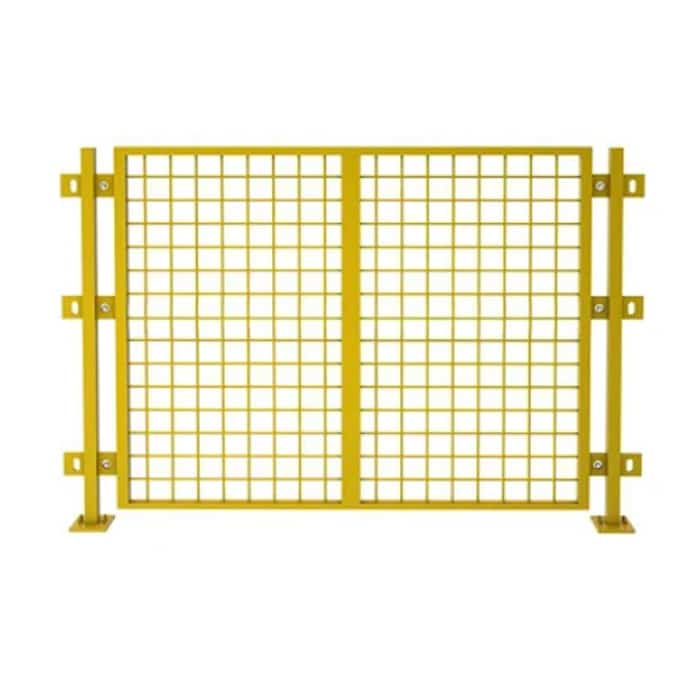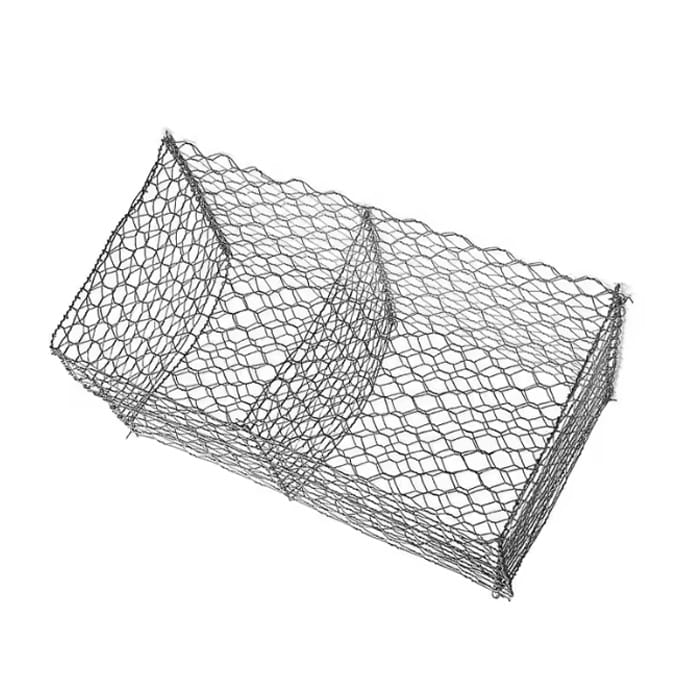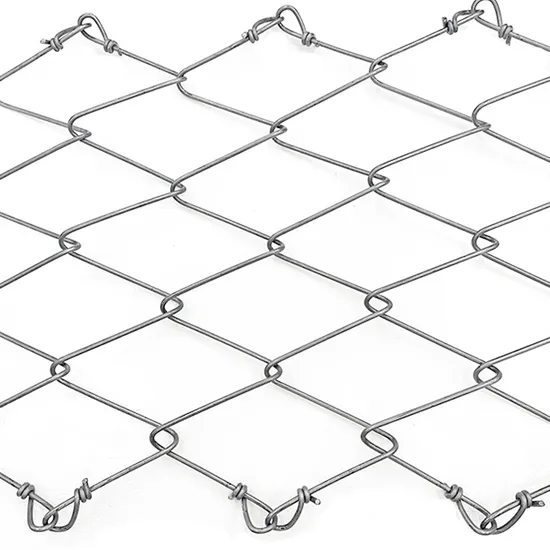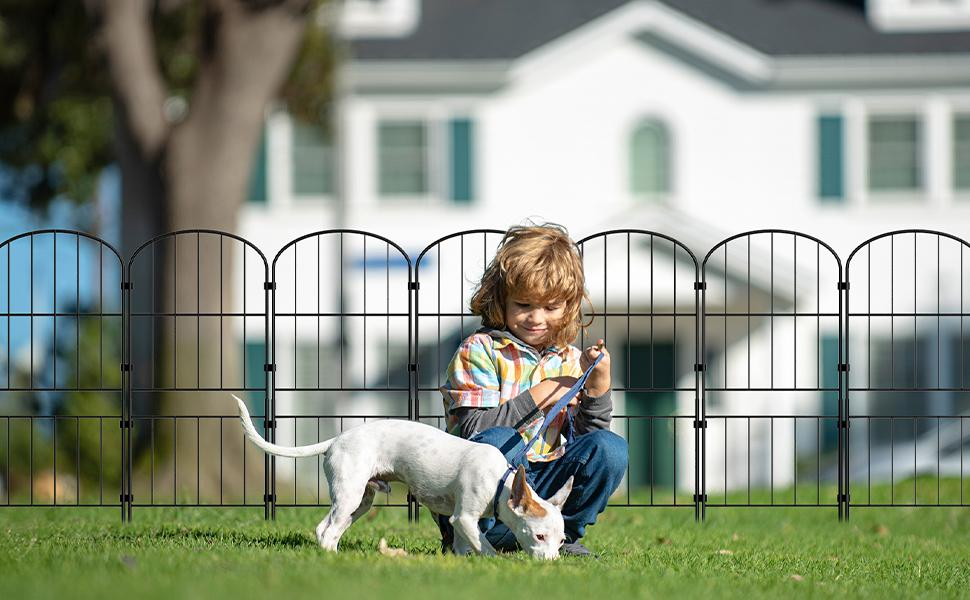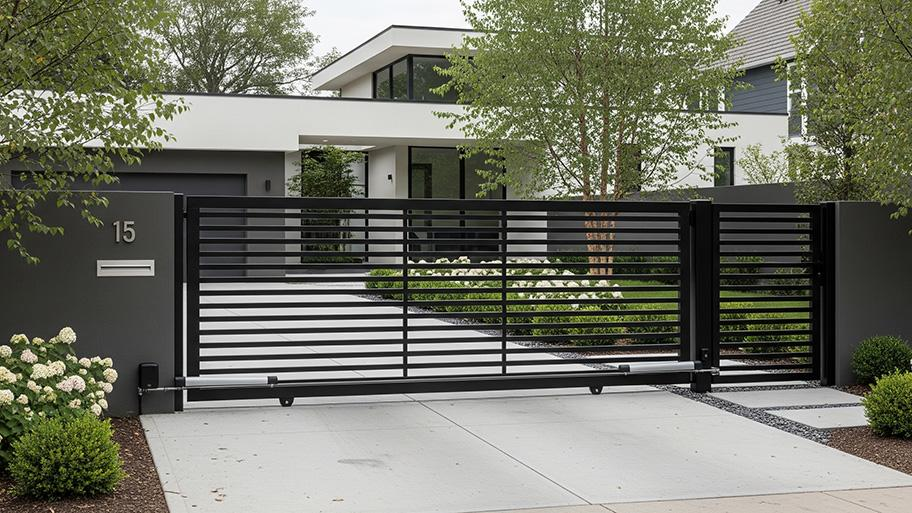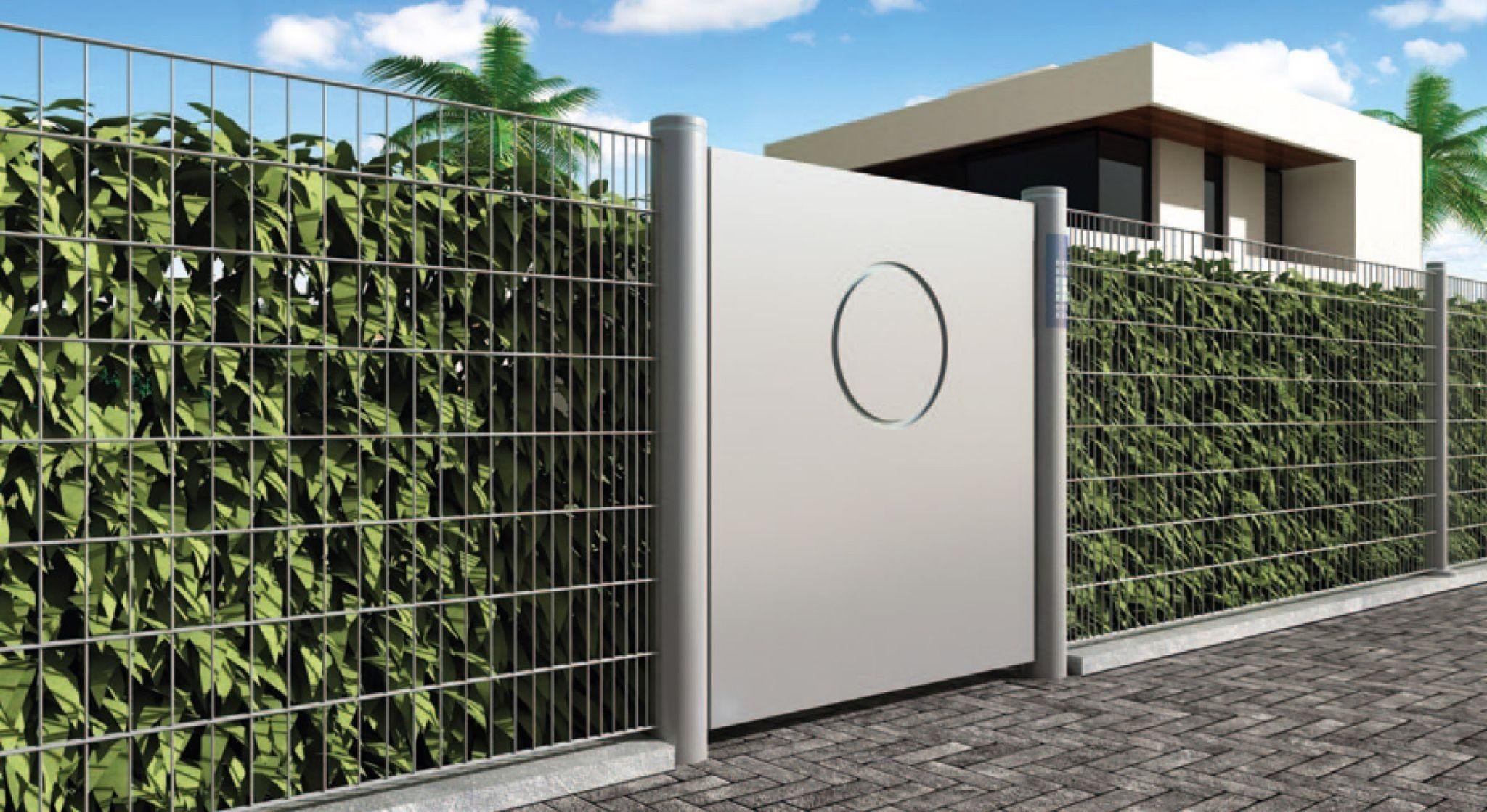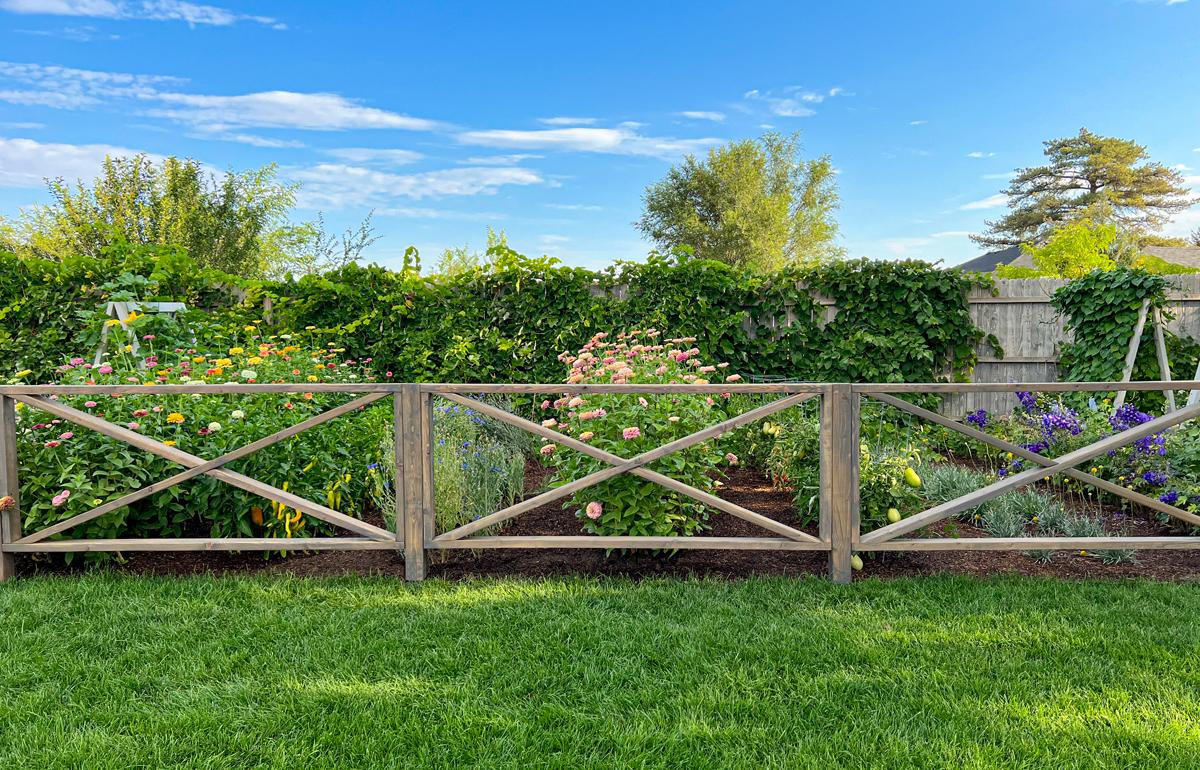Table of Contents
Children are naturally curious and full of energy, which makes them wonderful to watch but also challenging to keep safe. As parents and caregivers, one of our greatest responsibilities is to create an environment where children can explore and learn without unnecessary risks. A child safety fence is one of the most effective tools to achieve this balance.
When families search for information about fences for children, their intent is usually rooted in concern. They may have a new pool in the backyard, live near a busy road, or simply want to secure a play area. Understanding which fence to choose, what materials are safe, and how to maintain performance are questions every parent faces.
This article will break down everything you need to know about child safety fences. From what they are to how to select the right size, material, and performance measures, you’ll find practical, useful, and reassuring guidance to help you make the right decision for your family.
1. What is a Child Safety Fence?
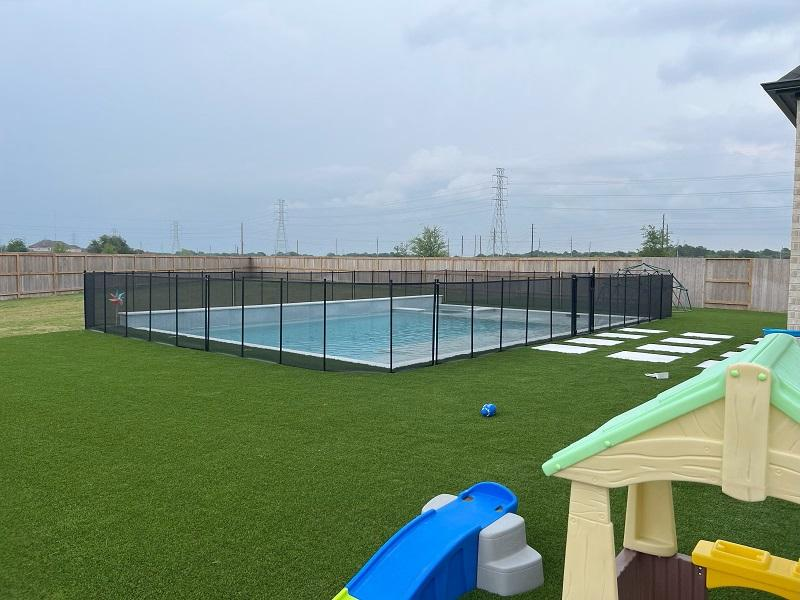
A child safety fence is a protective barrier designed specifically to keep young children from accessing dangerous or restricted areas. While a regular fence might provide some boundary, a child safety fence goes further by including safety features that anticipate children’s unique behaviors. These fences are engineered to prevent climbing, squeezing through gaps, or accidentally opening gates.
Unlike decorative fences that serve mainly as property markers, child safety fences are functional tools for security. They are often taller, more robust, and fitted with gates that feature child-proof latches. This ensures that even the most curious toddlers cannot easily escape the safe space.
There are different categories of child safety fences. Indoor versions might include baby gates at staircases or modular playpen panels, while outdoor versions can enclose backyards, gardens, or swimming pools. Each type is tailored to meet the risks of its environment.
For example, a family living near a lake or pond may install a mesh pool safety fence. This fence not only prevents children from entering unsupervised but also offers visibility so parents can see through it. In contrast, a family in an urban neighborhood might install a tall vinyl fence to keep children from wandering into the street while adding privacy.
The key aspect of a child safety fence is its preventive nature. It acknowledges that children will test limits, push boundaries, and explore. Rather than relying solely on supervision, it creates a physical safety net that reduces the chances of accidents.
2. The Importance of Fence for Child Safety
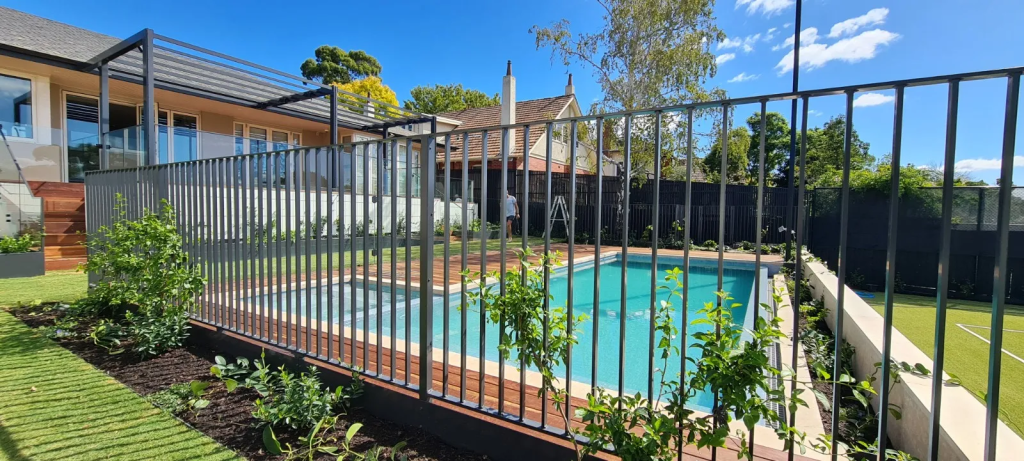
Children’s safety is the top priority for any parent or caregiver. A child safety fence acts as a constant guardian, silently working to protect children from situations where their curiosity could put them in danger. It offers reassurance that even if a parent looks away for a moment, the fence will still be standing guard.
One of the most critical uses of child safety fences is around swimming pools. Drowning is one of the leading causes of accidental death among children under five, but research shows that fences reduce this risk by up to 83%. A self-closing pool fence becomes not just an accessory but a lifesaving measure.
Beyond pools, outdoor play is another area where fences are vital. Children thrive when they can run, climb, and explore outdoors, but open yards without fences pose risks from cars, strangers, or nearby bodies of water. A strong fence allows them to experience independence safely.
Fences also serve as protective barriers against animals. In rural areas, a fence can keep wildlife such as deer or coyotes out of the yard. In suburban settings, it prevents neighboring pets from entering, ensuring a safe and controlled space for children.
From a psychological perspective, fences help define safe zones for children. When children see boundaries, they learn where play is allowed and where it is not. This builds an early sense of security and structure in their environment.
3. What Material Should I Choose for the Fence?
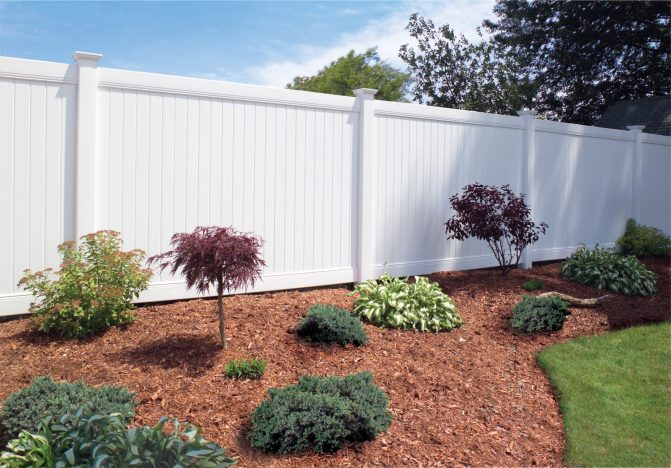
Choosing the right material for a child safety fence is one of the most important decisions a parent can make. The material determines not only how safe the fence is but also how long it will last and how much upkeep it will require. Each option has unique advantages that suit different homes and lifestyles.
Wooden Fences
Wooden fences are timeless and provide a natural, warm appearance. Many families prefer wood because it blends beautifully with gardens and outdoor landscapes. A tall wooden fence creates a strong barrier that is difficult for children to climb.
However, wood does require regular care. Rain, sunlight, and insects can damage untreated wood, so sealing and painting are essential. Parents must also check for splinters and loose nails that could harm children.
Vinyl Fences
Vinyl fences are modern, durable, and low-maintenance. They resist weather damage and never splinter, making them particularly child-friendly. A smooth vinyl surface ensures there are no sharp edges or rough areas for kids to injure themselves on.
Unlike wood, vinyl doesn’t need painting or sealing. It can simply be washed clean with soap and water. Families who want a worry-free solution with long-term reliability often choose vinyl.
Metal Fences
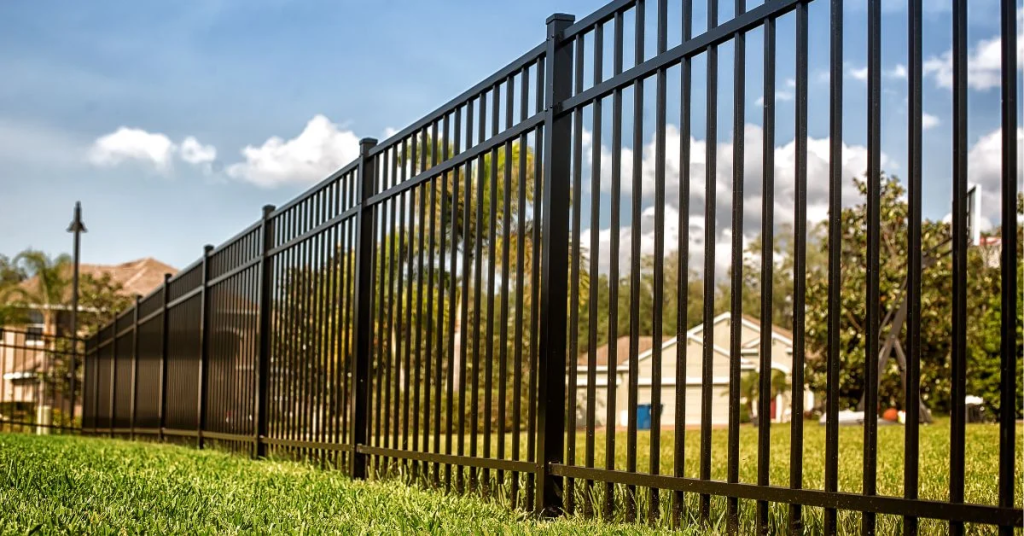
Aluminum and steel fences are valued for strength and security. They are commonly used in pool areas or properties that need sturdy, long-lasting protection. When designed properly, metal fences can withstand years of use without bending or breaking.
To ensure child safety, parents must consider the spacing between bars. Gaps should be narrow enough to prevent children from squeezing through or using them as climbing aids. Powder-coated finishes also help eliminate sharp edges and protect against rust.
Children Safe – Fence
Chain-link fences are affordable, widely available, and strong. However, their open weave design makes them easy for children to climb, which limits their safety benefits. Parents may need to add slats or coverings to discourage climbing and improve appearance.
Chain-link is best for families seeking a budget solution, though it may not be the first choice for child-specific safety. It works well in combination with additional safety barriers in larger properties.
Mesh Pool Fences

For swimming pools, mesh safety fences are highly recommended. They are lightweight yet strong, and their design prevents climbing. Because they are see-through, parents can easily keep an eye on children inside the fenced area.
Mesh fences are also removable, giving families flexibility when hosting events or when children grow older. They offer a balance of security and convenience that works well in pool environments.
4. How to Choose the Right Size Child Safety Fence?
Size plays a critical role in determining how effective a child safety fence will be. A fence that is too short, poorly spaced, or incomplete can quickly become ineffective, no matter how strong the material.
Height Considerations
For outdoor fences, a minimum height of four feet is recommended to prevent children from climbing over. Pool fences often require at least 48 inches by law, though higher fences provide added security. Indoor gates and playpen fences should be tall enough to discourage toddlers from climbing, typically at least 30 inches.
Children grow fast, so height should anticipate future needs. A fence that works for a toddler may not be sufficient when that child becomes more agile at age five or six. Parents often choose taller fences from the start to ensure longer usability.
Spacing Between Slats or Bars
The spacing between vertical posts is just as important as height. Gaps wider than four inches may allow a child’s head, arms, or legs to pass through, creating dangerous entrapment risks.
Smaller spacing ensures that the fence serves as a true barrier, not just a decorative boundary. Mesh or solid panel designs often work best for child safety because they minimize climbing opportunities.
Length and Coverage
A fence must fully enclose the intended area. Leaving gaps, even small ones, makes it ineffective. Parents should carefully measure the property and account for slopes, corners, or landscaping features that could leave openings.
Coverage also includes gates, which are often the most vulnerable part of a fence. A strong fence with a weak gate leaves room for escape or accidents.
Gates and Entry Points
The gate should match the height of the fence and have the same level of durability. Self-closing and self-latching features prevent accidents caused by forgetfulness. Locks should be out of children’s reach but easy for adults to open in emergencies.
Some families choose double-gate systems for added security in high-risk areas like pools. These provide an extra layer of protection and reduce the chance of a child sneaking through unnoticed.
By choosing the right size and ensuring proper installation, families create a secure boundary that grows with their children’s needs. A properly sized fence is not just a barrier but a dependable part of a long-term child safety plan.
5. How to Ensure the Performance of Child Safety Fence?
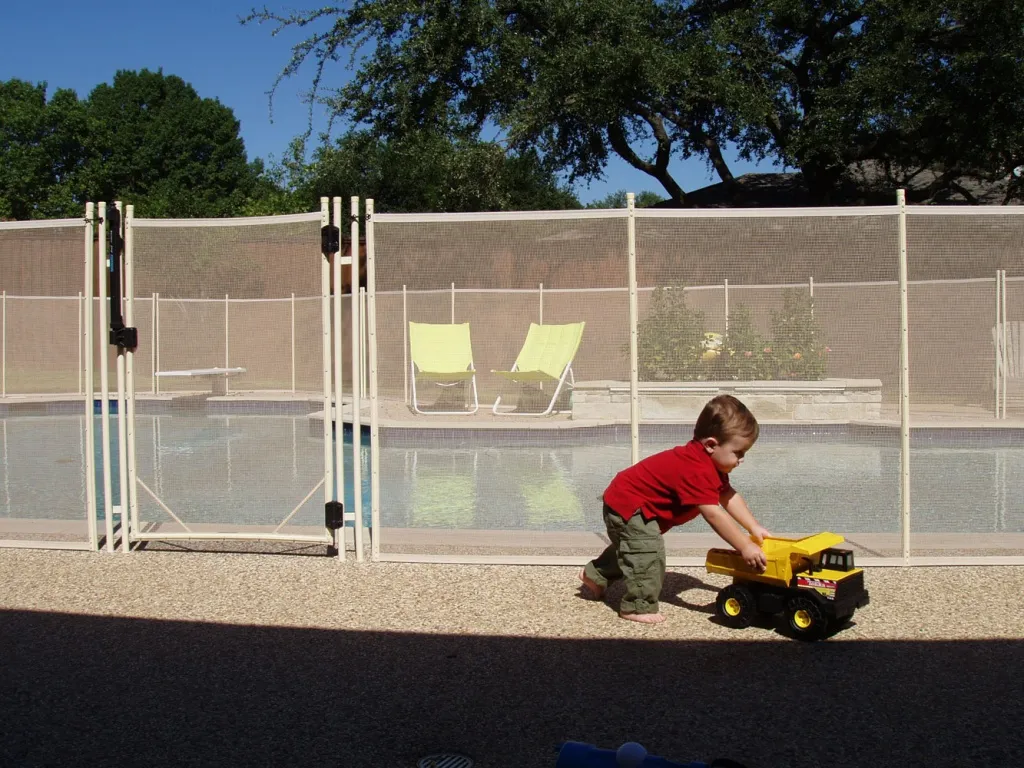
Installing a child safety fence is only the beginning. To ensure it performs effectively over time, families must focus on proper installation, regular maintenance, and compliance with safety standards.
Professional Installation
A poorly installed fence can give a false sense of security. Hiring professionals ensures that the fence is anchored correctly, aligned properly, and compliant with local regulations. This is especially important for pool fences where legal standards are strict.
Indoor gates and playpens may seem simple to install, but incorrect mounting can create gaps or instability. Secure anchoring, rather than just pressure mounting, offers the most reliable protection.
Regular Inspections
Even the strongest materials can degrade over time. Parents should inspect fences regularly for loose screws, worn latches, cracks, or signs of rust. Early detection of small problems prevents major failures later.
For wooden fences, checking for splinters or termite damage is crucial. Vinyl should be checked for warping, while mesh fences should be inspected for tears or sagging.
Safety Standards and Certifications
Not all fences are created equal. Choosing products that meet international child safety standards ensures they’ve been tested against real-world challenges. Certified fences have undergone durability, strength, and child-resistance tests that non-certified products may not meet.
These certifications provide reassurance that the fence will hold up under stress and offer reliable safety for years. Parents should always look for safety labels when purchasing.
Gate Security
The gate is often the weakest link in any fence. Parents should make sure it closes automatically, latches securely, and has child-proof locks. Without a secure gate, even the strongest fence can fail.
Upgrading gate hardware, adding spring hinges, or installing alarms can further enhance security. In high-risk areas, double locking systems are a smart addition.
Combining Fencing with Supervision
While fences dramatically improve safety, they are not substitutes for adult supervision. Children are resourceful and may eventually find ways to test boundaries. Parents should remain vigilant, especially around pools and driveways.
Fencing works best when combined with active supervision, safety education for children, and consistent monitoring of playtime activities.
Long-Term Care
Like any investment, a child safety fence requires ongoing care. Cleaning, repainting, tightening bolts, and replacing damaged parts will extend its lifespan.
With regular attention, a high-quality fence can last many years, protecting multiple children within a family. It remains a long-term safety tool rather than a short-term fix.
Conclusion
A child safety fence is not just a physical barrier—it is a promise of safety, freedom, and peace of mind. It allows children to explore the world around them while reducing the risks that naturally come with their curiosity.
By understanding what a child safety fence is, why it’s important, what materials to choose, how to size it correctly, and how to maintain its performance, families can make informed decisions. These decisions not only protect children but also create environments filled with trust, joy, and growth.
When it comes to child safety, there is no room for compromise. A well-chosen, well-maintained fence will stand as both a guardian and a companion in your child’s journey from playful toddler to confident explorer.

